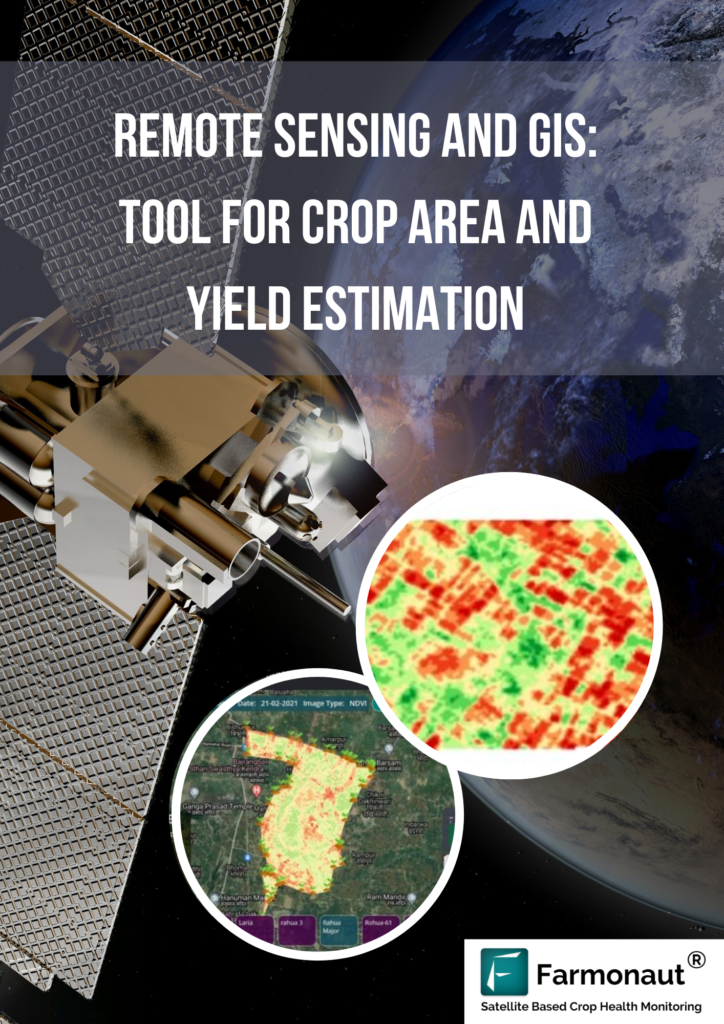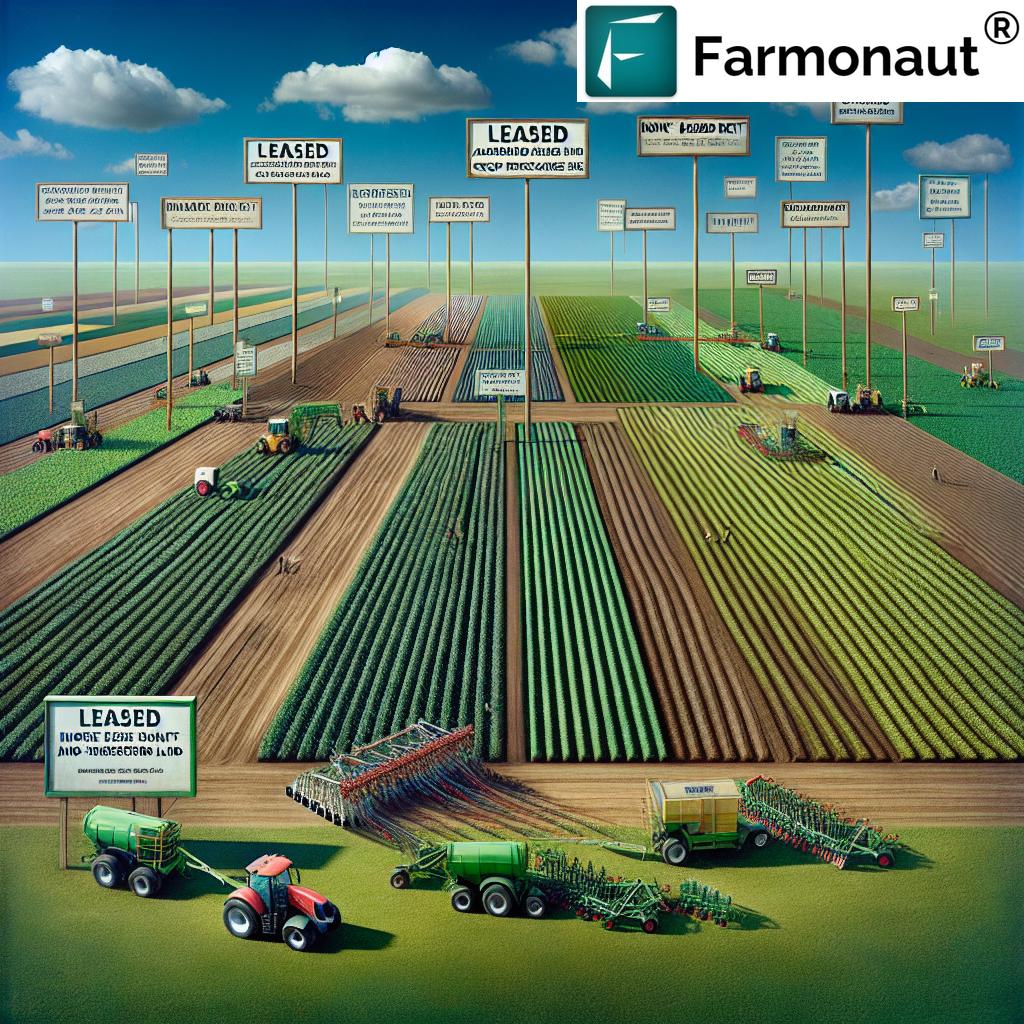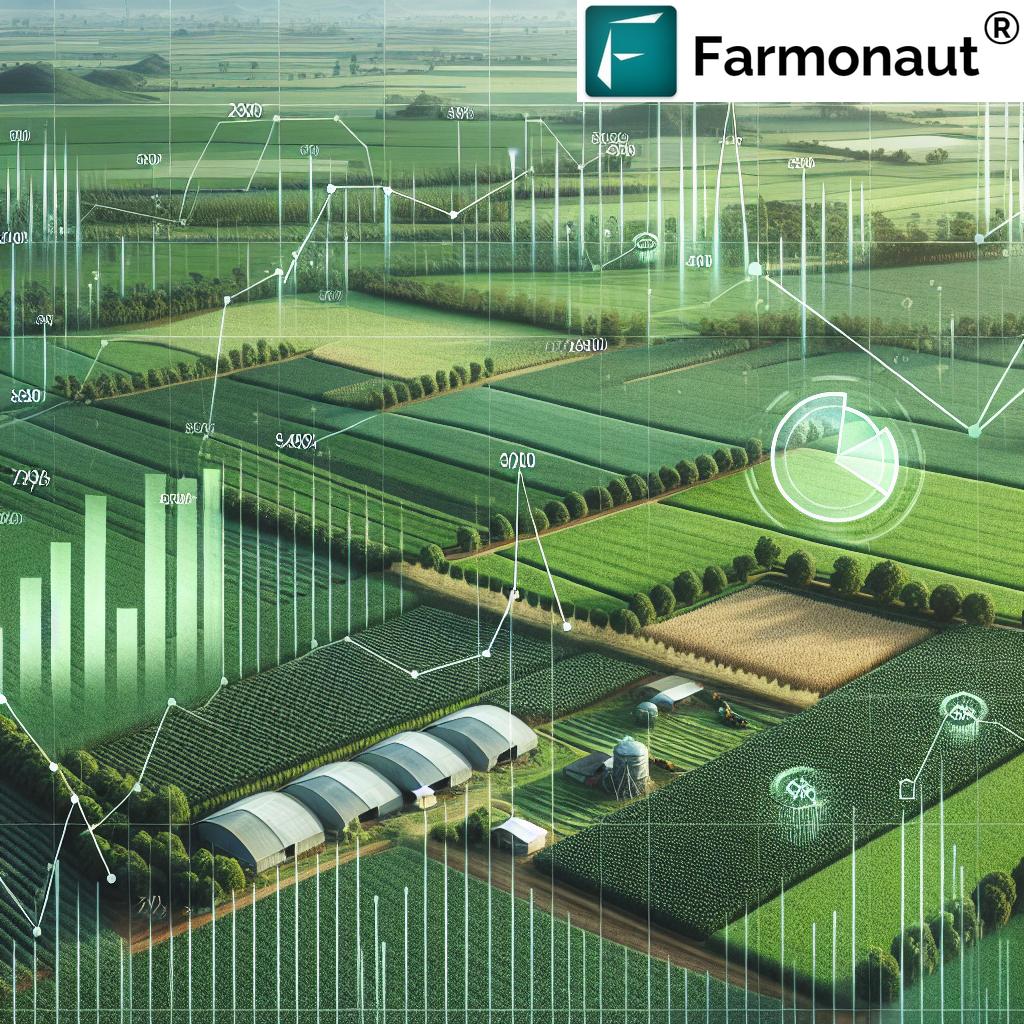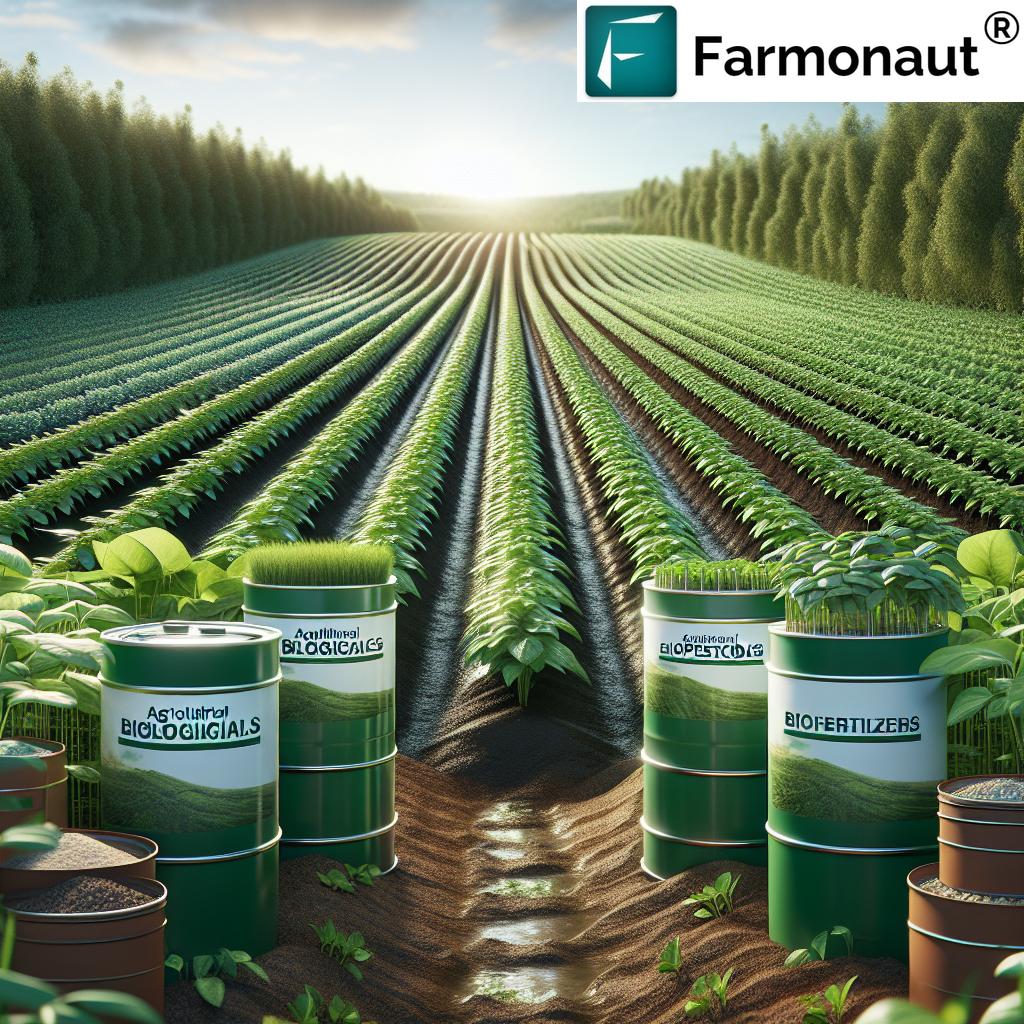Aquaponics Profit per Square Foot & Aquaponic Grants: A Comprehensive Outlook for 2025
“Aquaponics can yield up to $12 per square foot annually, outperforming many conventional farming systems in revenue density.”
“Over $10 million in aquaponic-specific grants will be available for sustainable farmers in 2025 across various government initiatives.”
Introduction to Aquaponics Profit per Square Foot & Aquaponic Grants
The global agricultural landscape of 2025 is rapidly evolving, driven by demands for sustainable solutions and innovative food production models. Aquaponics profit per square foot, aquaponic grants, and policies geared toward eco-friendly farming have become mainstream topics for farmers, entrepreneurs, and policy-makers alike.
Aquaponics, an innovative technique that combines aquaculture (raising aquatic animals) with hydroponics (cultivating plants in water), has gained significant traction. Its ability to maximize resource efficiency, reduce water consumption, and produce both protein and vegetables in a symbiotic environment means this method is now seen as a promising approach for both small-scale farmers and commercial producers.
This comprehensive article delves into the profitability metrics per square foot in aquaponics, outlines the increasing availability of grants in 2025 for sustainable agriculture, and delivers practical farming tips to help maximize yields, efficiency, and revenue for those embracing this progressive farming model.
Profitability per Square Foot: 2025 Insights
Measuring aquaponics profit per square foot is essential to understanding the real value and profitability of this innovative farming technique. With the rise in land and infrastructure costs globally, maximizing the return on every square foot has never been more critical for farmers and commercial producers.
- Compact & Vertical: Aquaponic systems leverage vertical stacking and space-intensive layouts to significantly boost yields per square foot compared to traditional farming.
- Accelerated Growth Cycles: The symbiotic system of aquaponics—with fish and plants benefiting each other’s growth—leads to faster crop turnover and increased annual output.
- Profit Margins: Current data from commercial aquaponic farms indicates profit margins ranging from $20 to $50 per square foot annually. This variance depends on crop type, fish species, system design, operational strategies, and market access.
Leafy greens (like basil, lettuce, and kale) are dominant in the plant component due to their fast growth and strong market demand. On the aquatic animal side, tilapia, catfish, and prawns remain staples for their high turnover and consumer preference, especially in regions prioritizing sustainable protein production in 2025.
Why Does Aquaponics Yield Significantly Higher Profit per Unit Space?
- Year-Round Cultivation: Controlled environments minimize the impact of environmental fluctuations and reduce risks due to unpredictable weather.
- Intensive Stacking: Multi-level racks optimize square foot usage, especially in urban commercial farms.
- Symbiotic Nutrient Cycling: Waste from fish directly fertilizes plants, cutting fertilizer costs and boosting yields.
Comparing traditional versus aquaponic systems showcases not only the higher margins of aquaponics per square foot, but also its superior resource efficiency, reduced water inputs, and enhanced economic and environmental sustainability.
Key Profitability Drivers in Aquaponics
1. Crop and Fish Selection
The choice of crops and aquatic species directly impacts profit per square foot:
- High-Value Crops: Herbs, leafy greens (e.g., basil, lettuce, kale), and microgreens offer premium unit prices and quick cycles.
- Fast-Growing Fish: Tilapia, catfish, and prawns support frequent harvests and reliable protein yields.
- Combining both: Intercropping high-demand herbs with staple fish varieties maximizes both output and revenue per system cycle.
2. Operational Efficiency & Automation
Automation in feeding, water quality monitoring, and environment controls reduces labor costs while optimizing input usage. This means:
- Stable energy and operational costs
- Consistent yields and margins
3. Market Access & Distribution Channels
Direct-to-consumer sales (via farmers’ markets, restaurants, and specialty grocers) can yield significantly higher prices per unit than traditional wholesale channels.
- Producers in urban and peri-urban areas often benefit from premium pricing due to freshness and local branding.
4. Energy Management & Environmental Controls
Integrating renewable energy (solar panels, efficient LEDs) reduces long-term energy costs and supports sustainability mandates—directly impacting net profit margins.
5. By-product Utilization
Ancillary revenues can be generated from:
- Converting fish waste into organic fertilizer for sale
- Selling nutrient-rich water as liquid fertilizer in local markets
Detailed Example Calculation: Estimating Profit per Square Foot
Consider a DWC (Deep Water Culture) aquaponic system designed for urban farming with a focus on lettuce and tilapia:
- Average lettuce yield per square foot per year (10 cycles): 25 heads × $1.00 retail = $25
- Fish revenue annualized per square foot: $15
- Total estimated annual profit per square foot: $40
Note: This figure will fluctuate based on location, input costs, chosen crops, system type, and market prices in 2025, but it demonstrates the strong potential of aquaponics profit per square foot.
Comparative Profit & Grant Overview Table (2025)
| Aquaponics System Type | Estimated Profit per Sq Ft (USD) | Eligible Grants (2025) | Grant Amount Range (USD) | Sustainability Tips |
|---|---|---|---|---|
| NFT (Nutrient Film Technique) | $30–$50 | USDA Green Innovation Grant European Green Deal Fund |
$5,000–$100,000 |
|
| Media Bed System | $20–$35 |
Local Agricultural Grants Private Sustainability Funds |
$2,500–$50,000 |
|
| DWC (Deep Water Culture) | $35–$45 |
Urban Food Security Grants Asian Aquaculture Initiatives |
$10,000–$200,000 |
|
| Modular/AIO Commercial System | $40–$50 |
National Innovation Subsidies Private Foundation Funds |
$25,000–$500,000 |
|
Sustainable Aquaponics Farming Tips for High Yield
Achieving high aquaponics profit per square foot in 2025 requires strategy, routine, and technology. Here are crucial sustainability tips, curated with the latest research and market outlook:
- Choose climate-suited crops and fish: Select crops and fish species aligned with your local environment to reduce energy and water usage.
- Implement smart monitoring: Use digital sensors, automated feeding, and water quality controls for efficient operations.
- Optimize system layout: Space optimization and vertical farming increase output and profit margins per square foot.
- Reduce disease risk: Regularly check for pathogens in water and fish tanks. Healthy systems = higher yields.
- Integrate renewable energy: Solar panels and energy-efficient devices lower operational costs.
“Aquaponics can yield up to $12 per square foot annually, outperforming many conventional farming systems in revenue density.”
Did you know? Integrating aquaponics with smart farm management platforms can further boost your profits while ensuring traceability, resource efficiency, and real-time decision-making. For instance, using Farmonaut’s satellite monitoring solutions helps farmers to manage crop health remotely and take data-driven actions, leading to higher revenue and in-field efficiency.
Access satellite-driven monitoring & advisory insights via web, Android or iOS mobile apps for real-time crop health data and maximize your aquaponics profitability and grant applications!
Robust traceability solutions also protect against fraud and ensure market trust—learn more about Farmonaut’s blockchain-based product traceability to enhance consumer confidence and supply chain security in your farming business.
Aquaponic Grants & Funding Opportunities in 2025
The increasing availability of aquaponic grants supports adoption and growth in sustainable farming. In 2025, government and private funding initiatives have significantly expanded grant allocations that promote aquaponics’ resource-efficient, water-saving benefits.
- Capital Expense Grants: Coverage for infrastructure—tanks, plumbing, lighting, and environmental control systems.
- Research & Development (R&D): Aquaponic grants fund innovative plant/animal research, disease prevention, and next-gen system design.
- Training Support: Extension services and educational workshops for farmers adopting aquaponics from conventional methods.
- Pilot & Demonstration Grants: Targeted at urban, community, and peri-urban farming projects to showcase aquaponic viability and social impact.
Who Provides Aquaponic Grants in 2025?
- USDA (United States Department of Agriculture): The USDA offers Green Innovation Grants prioritizing aquaponics as a water-conserving, sustainable food production system.
- European Green Deal: The European Commission’s agricultural funds include dedicated aquaponic support for urban and rural projects focused on carbon reduction and resilient food chains.
- Asian Agricultural Ministries: Targeted grants throughout Asia for systems that reduce water consumption and increase local protein production.
- Private Foundations: Philanthropic organizations and environmental NGOs are also encouraging adoption through direct grant programs for innovative agricultural entrepreneurs.
- Local Cooperatives and Initiatives: Many urban regions now run competitions and pilot project seed grants tailored to aquaponics.
For updated information and eligibility details on global aquaponic grants, consider accessing carbon footprinting technology—demonstrating resource conservation can often improve your application’s chance of success.
Technology & Satellite Solutions: Amplifying Aquaponics Productivity
As aquaponic profit per square foot becomes more competitive, deploying advanced technologies can give modern farmers a substantial edge:
- Satellite Monitoring: Our platform at Farmonaut leverages multispectral satellite imagery for real-time crop monitoring, helping farmers and businesses track resource usage, plant health, and water consumption remotely—supporting both profit maximization and sustainability goals.
- AI-Based Advisory: Farmonaut’s Jeevn AI delivers site-specific recommendations, from climate-control scheduling to early disease risk alerts—improving operational efficiency and reducing unnecessary input costs.
- Blockchain Traceability: Integrated blockchain features offer supply chain assurance for traceable, organically produced aquaponic crops and fish, strengthening market access for premium buyers and institutional channels.
- Environmental Monitoring: Our platform provides carbon footprint tracking for compliance in grant-funded projects, as well as critical emissions reporting for sustainability certifications.
Want streamlined fleet and resource management? Explore Farmonaut’s fleet management tools to further reduce costs, optimize scheduling, and lower emissions, supporting both profitability and environmental stewardship in commercial aquaponic and traditional agriculture operations.
For API access and developer integration, find our API portal at sat.farmonaut.com/api and explore documentation at Farmonaut Satellite & Weather API Documentation for seamless data flow into your aquaponic system dashboards and grant reporting tools.
Watch: Leading Trends & Innovations in Sustainable Farming
Deepen your understanding of high-profit aquaponics, sustainable food production, and grant-worthiness by exploring these industry-leading videos:
Large-scale grow operations seeking smarter oversight can benefit from Farmonaut’s Large Scale Farm Management solutions—providing advanced, modular dashboards for unified monitoring across multiple aquaponic, hydroponic, or field-based farms.
For those managing diversified plantations or forests, Farmonaut’s Crop, Plantation & Forest Advisory suite offers actionable AI-driven insights for every step of your agricultural journey.
To further streamline financial access, our satellite tools support crop loan and insurance verification—making it easier for aquaponic farmers to secure funding and protect against risk while reporting verified system data to lenders and insurers.
Frequently Asked Questions: Aquaponics Profit, Grants & More
1. What is the average aquaponics profit per square foot in 2025?
The average aquaponics profit per square foot in 2025 ranges between $20 and $50 annually, with variations based on system type, crop/fish selection, location, and market access. Vertical and modular commercial aquaponic systems generally yield higher figures due to space optimization and controlled environments.
2. What types of grants are available for aquaponics farmers in 2025?
Aquaponic grants cover a mix of infrastructure support, research and development, training, and pilot projects. Both government (USDA, EC, Asian ministries) and private foundations offer funding for capital costs, sustainability innovation, and training programs. Grant sizes range from $2,500 to over $500,000 for large projects.
3. Which crops and fish species are most profitable in aquaponics?
Crops: Fast-growing, high-demand leafy greens (lettuce, basil, kale, microgreens) and herbs bring superior profit per square foot. Fish: Tilapia, catfish, and prawns are most popular due to their quick growth cycles and high market preference.
4. How can technology help improve aquaponics profitability?
Advanced tools—like Farmonaut’s satellite monitoring, AI-based advisory, and blockchain traceability—enable farmers to maximize resource efficiency, minimize operational costs, verify sustainability compliance (supporting grant eligibility), and optimize both production and marketing strategies.
5. What are the key sustainability considerations for aquaponics?
- Maximize water recirculation and minimize waste discharge
- Integrate renewable energy (solar power) for reduced emissions
- Monitor and report carbon footprint for grant compliance and market branding
- Use system data to optimize crop and fish health, preventing loss
6. Can Farmonaut help with grant reporting and compliance?
Yes, at Farmonaut we provide real-time monitoring and reporting tools that simplify grant applications, sustainability compliance, and impact assessments for aquaponic and agricultural projects globally.
Conclusion: The Growing Potential of Aquaponics in 2025
As sustainable food production accelerates into 2025 and beyond, aquaponics profit per square foot remains a crucial metric for farmers, entrepreneurs, and policymakers seeking both economic and environmental returns on investment.
System optimization, smart technology integration, and the availability of targeted aquaponic grants are combining to make both small-scale and commercial aquaponics more viable and attractive. Through focused crop and fish choices, operational automation, and sustainable practices, margins per square foot can be significantly higher than with most traditional agricultural methods.
Grant programs in 2025—spanning governmental, local, and private channels—further support adoption, reduce barriers, and drive innovation in the sector.
By leveraging modern solutions—like the comprehensive monitoring, advisory, and sustainability tracking features offered by us at Farmonaut—today’s aquaponic producers can maximize both profitability and sustainability: unlocking new growth channels, ensuring regulatory compliance, and contributing to a healthier planet.
Stay informed, stay efficient, and let technology amplify your aquaponics journey in 2025 and beyond!













